
In construction and landscaping, as elsewhere, there is fashion. A couple of decades ago, the owners of cottages did not arrange lawns, giving the entire area of the site under the beds and flowerbeds, and in the cities with the beginning of the spring-summer season did not hear the continuous chirping of trimmers and the roar of lawn mowers.
One of the signs of a modern country house is a lawn. And the device and maintenance of the ideal state of the lawn in front of the house requires specialized mechanisms and tools. First of all — for cutting grass.
A brief history of lawn: seeds for a couple of pence and 200 years of regular mowing
About trimmed grass as an element of the garden can be found mention in ancient authors, for example, Vitruvius. But when it comes to man-made green lawn, you will certainly remember the parable-a saying about the device of the English lawn, the main element in the creation of which is called a regular haircut for a couple of centuries.
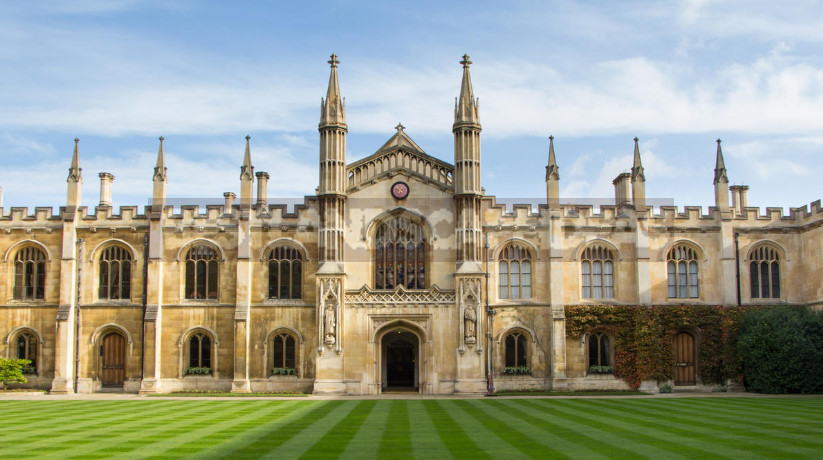
It so happened that the ennobled green spaces are strongly associated with Foggy Albion. But the homeland of lawns — not England. There they appeared together with the name itself. The word gazon of French origin, as well as the most familiar to us artificially created grass cover. In rainy England, just very suitable for creating the perfect lawn climate — there are regular rains and mild winters.

Frost-free winter period allows almost all year round to care for the lawn, because the grass grows almost without a period of winter rest. The absence of drought is also favorable for grass: to make it look great, it must be regularly watered, especially after cutting. For example, in the US, where lawns are even more popular than in the Old world, almost 60% of all urban water consumption is accounted for by lawn irrigation.
In the XVII century, in the Baroque era, when French regular gardens came into fashion in Europe, there was now a traditional parterre lawn. When the fashion for regular planning of gardens passed, high-quality velvety grass cover lost its popularity.

Being a visual symbol of the owner’s wealth and well-being, the parterre lawn was indeed an expensive pleasure. Not everyone could afford to keep a lawn that not only can not be used for planting and other economic needs, but also to walk on such a cover is also not necessary — only from a distance to admire. In addition, this artificial turf requires daily painstaking care, that is, the work of hired gardeners.
Of course, the lawns with cut grass were before the lawns. But their origin can be called a rather natural: grass is mowed by hand, in English meadows herd of sheep ate the grass very low, forming a dense, low herbage, turf.
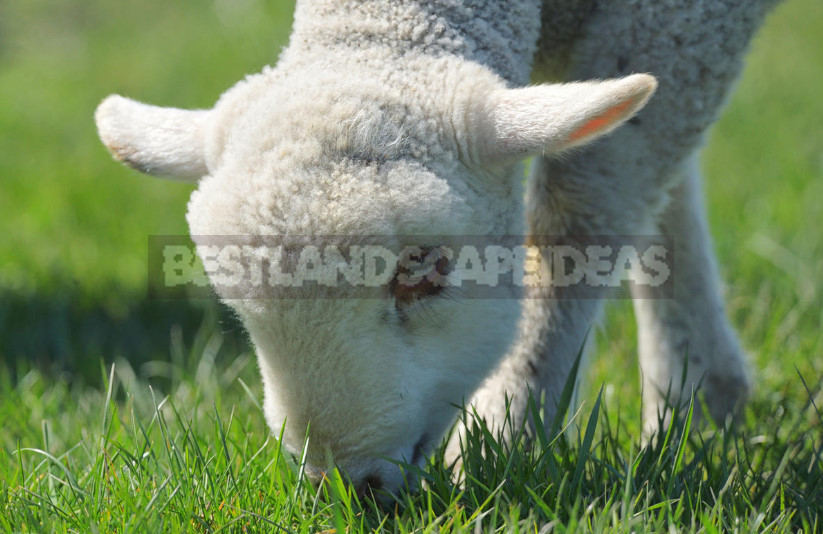
This type of lawn is more traditional for England. Initially, the launas are vast pastures, where animals were “engaged” in cutting grass.
The most striking works in landscape architecture using launs belong to Lancelot brown. The parks designed by him in more than 170 estates are now considered a national treasure of England.

Louny, unlike the French parterre lawns, allow not only to admire the emerald carpet of grass, but to walk on it. And very active! A new wave of interest in the lawn appeared with the popularization of sports competitions, for which the lawn was well suited: ball games, croquet, Golf, lawn tennis and, of course, football.
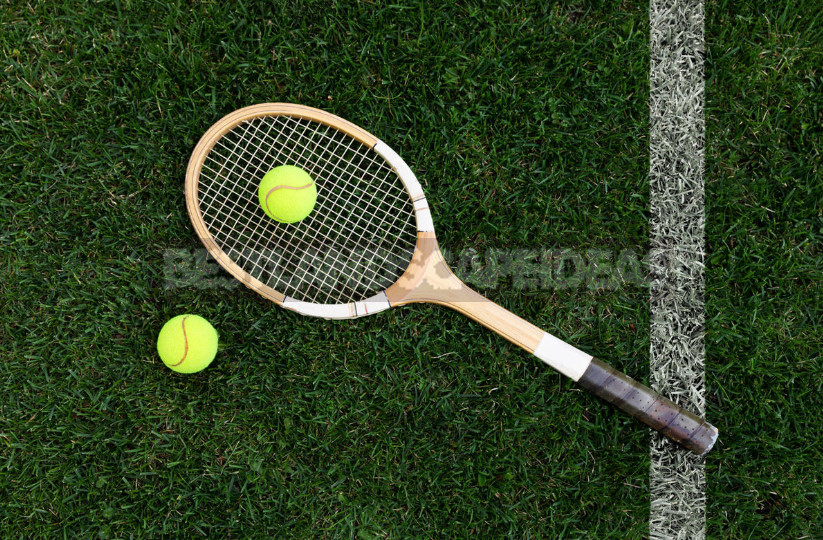
There is another reason that allowed the English lounge to get mass popularity, and even what! Thus, in the already mentioned America, the total area of land under democratic lawns exceeds the planting of any agricultural crop.
Machine for trimming grass
To facilitate the work of lawn care, the engineer of the weaving factory Edwin Budding designed a machine for cutting grass. The prototype of it was the mechanism used to remove the pile on the fabric. In 1830, the engineer was granted a patent for the invention.
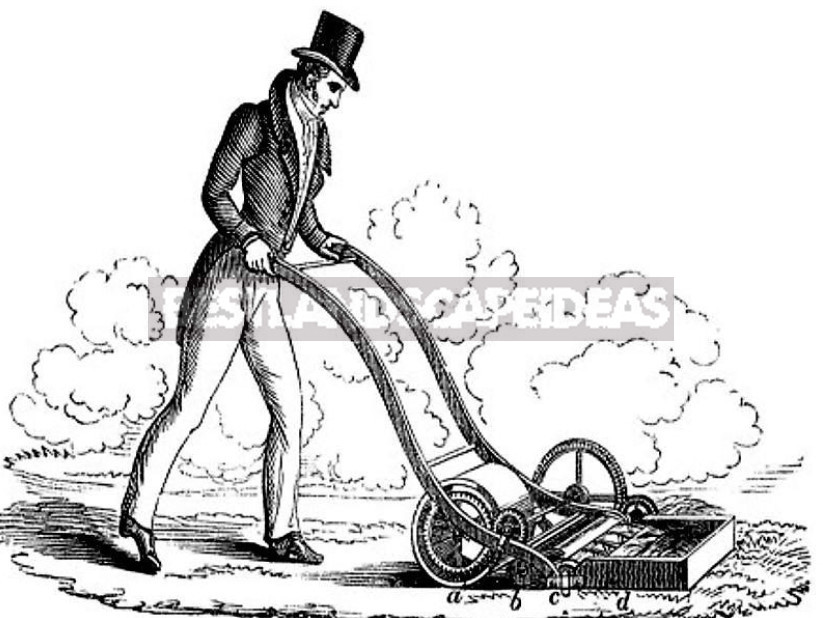
Budding not only organized the production of clippers, but also sold a license for the production of mowers under his patent. One of the first to put on stream the production of lawn mowers under the license of Budding, was a major British manufacturer of agricultural machinery Ransomes, Sims and Jefferies Limited. The company’s engineers made a number of improvements to the invention. Modern products Ransomes, including for lawn care, you can buy today.
In the design of Budding and later repeatedly made changes, increasing the weight to improve the quality of haircuts, equipping the mower with a steam engine, horse traction. But to make a compact, lightweight and convenient household unit from an agricultural machine allowed the American Amariah hills Option. It was his design was at one time widespread among fans of the ideal grass cover. The device began to use not only the owners of large estates, but also a variety of lawn owners.
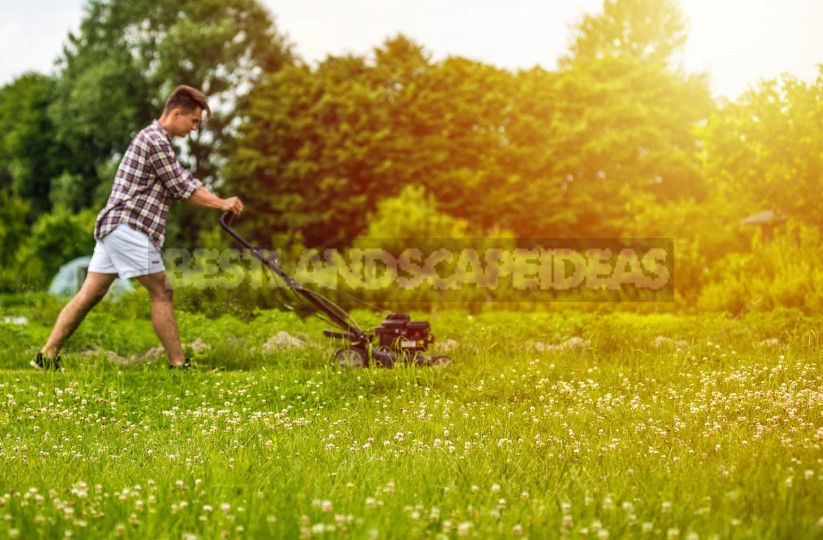
Over time, there were other types of machines for mowing grass. Today, grass-cutting mechanisms from different manufacturers may have a different type and type of engine, but they should be classified according to the principle of action — the method of cutting grass. There are 3 types of mowing devices: drum (or spindle), rotary and frontal.
Spindle
The first lawn mower, which was invented by Edwin Budding, was spindle (drum, cylindrical) type. The knives of this mower have a spiral shape and are located on a horizontal rotating drum. Moving knives work rather as guides (they are not sharpened) — press the grass to the fixed counterknife and cut off the tips like scissors. The drum mower can have an additional rolling roller at the rear.
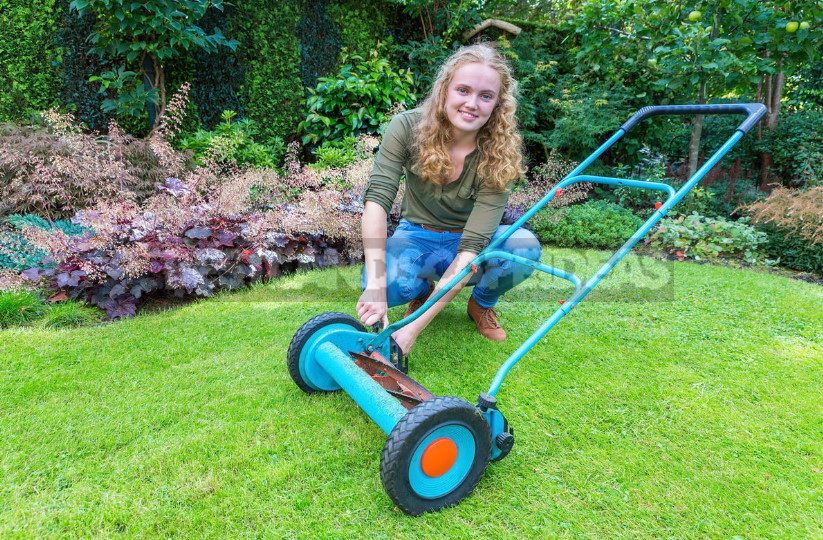
Modern spindle lawn mowers produce mechanical (moved by the muscular force of the mower), but there are also models equipped with an engine. They are also equipped with professional equipment used for processing large areas.
Rotary
Another type is rotary lawn mowers. In them, the cutting blades rotate in a horizontal plane under the body in the form of an inverted pelvis — deck.

The blades of the knives when rotating, lift and cut the grass, and the force of the air flow directs to the outside or cut into the container of the collector. The body of the lawn mower is equipped with wheels, mounted on top of the engine, rotating knives.
Deck lawn mowers are made of plastic, composite materials or metal, it protects against flying grass scraps. According to its principle of operation, the rotary device resembles a trimmer permanently fixed in the body on wheels.
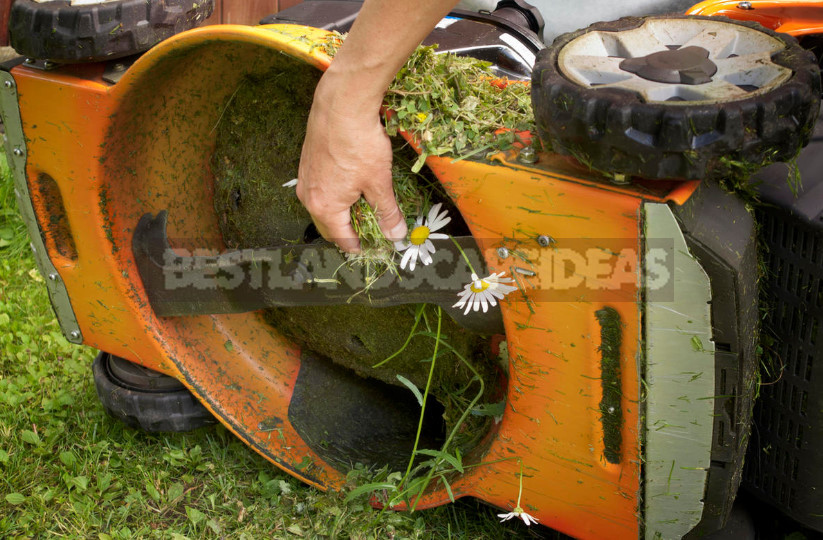
In 1960, the company is Flymo introduced to the market the first floating rotary lawnmower Hovercraft. The air flow created by the turbine is directed downwards — an air cushion is obtained that supports the device body above the ground at a low height.
Any suggestions for a very busy: today, the lawn care can be entrusted to a robot lawn mower. Such a device is constantly moving on a given area of the lawn, cutting everything that grows above the set height.

Rotary lawn mowers are the most popular. These are universal devices, they are cheaper than similar in power spindle. Rotary mowers have high productivity. But the well-known British conservatives are still more likely to use the spindle model.
Front mowers
Front mowers are used not for decorative mowing of lawns, but for hay harvesting. They are also called mowers. They work like a hair clipper — toothed blades move parallel to the ground, cutting grass like a lot of scissors.
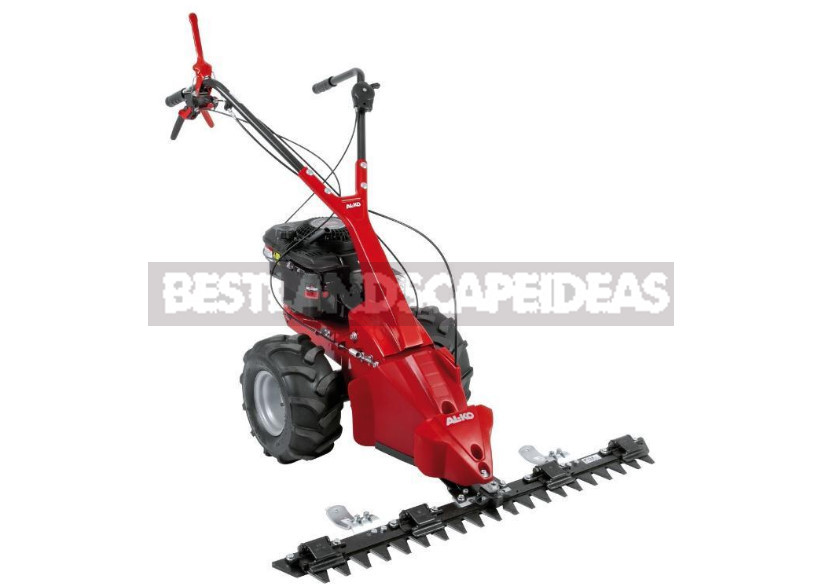
Features of mowers
All types of mowers today are equipped with internal combustion engines or using electricity. Machines with electric motors can be rechargeable. Perhaps you will no longer like a separate mowing machine, but accessories for mowing, hung on a multifunctional motor-block.

In addition to manual self-propelled models, for large lawns it is advisable to use riders and mini-tractors equipped with steering. Representatives of this type of lawn mowers can have any type of grass cutting: rotary, drum or frontal. And they differ from each other by the location of the engine: the tractor, as it should be, is in front under the hood, and the rider’s engine is located behind or under the operator’s seat.
Cropped lawns — a sign of the time, and modern industry is ready to offer a wide variety of lawn mowers, suitable for different needs and designed for every taste and budget. Choose what is most suitable for your site, and let your lawn will be to your pleasure.
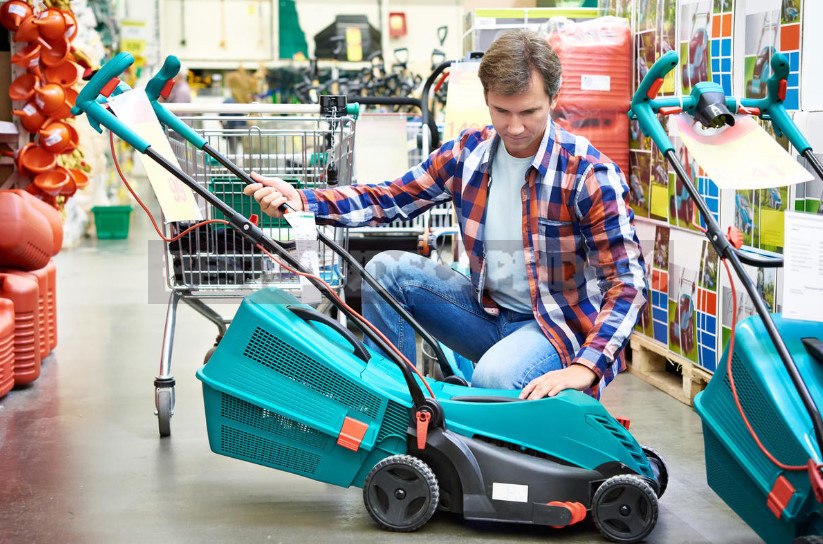

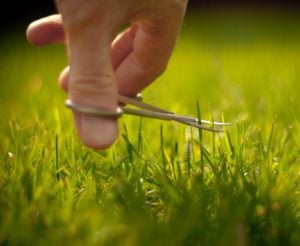
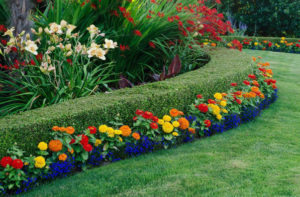

Leave a Reply